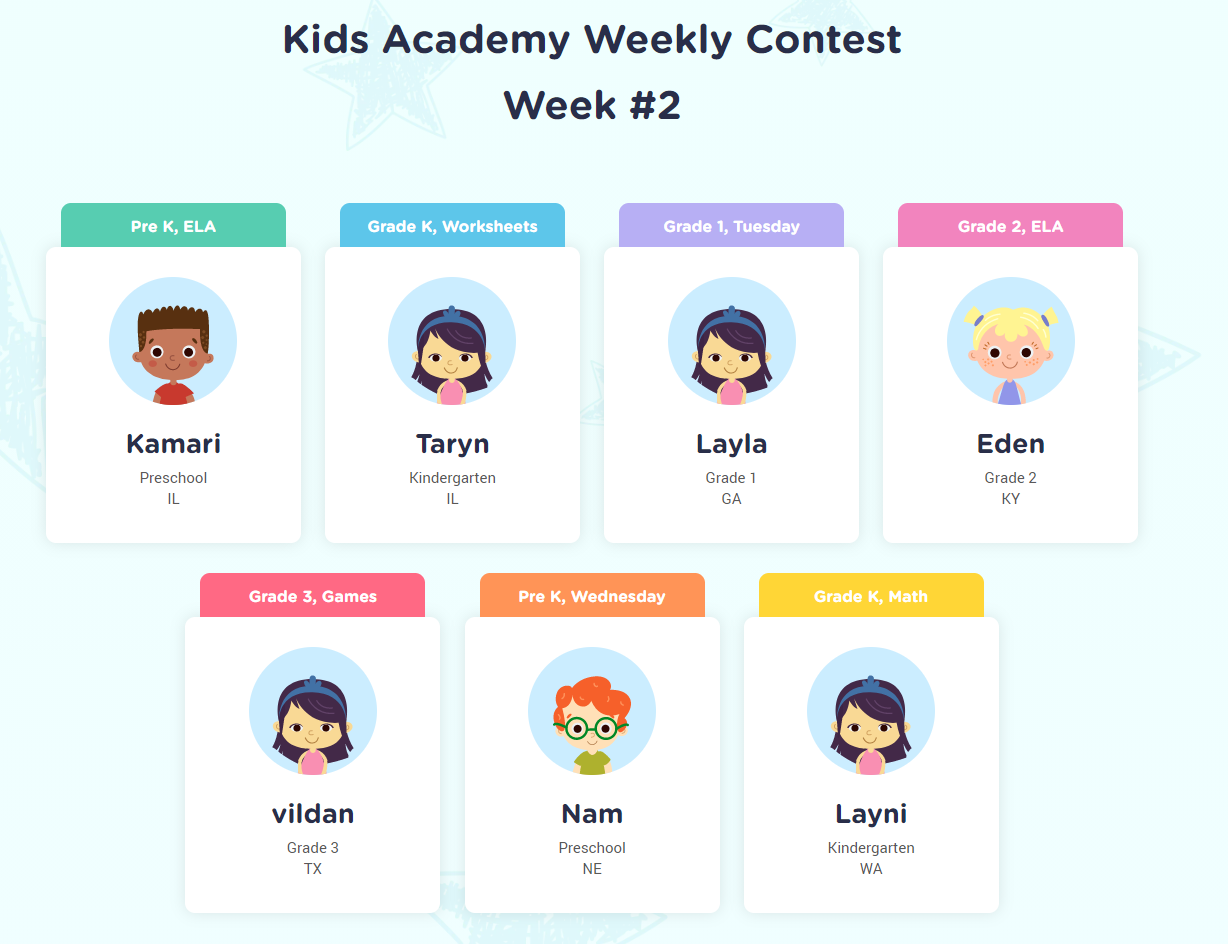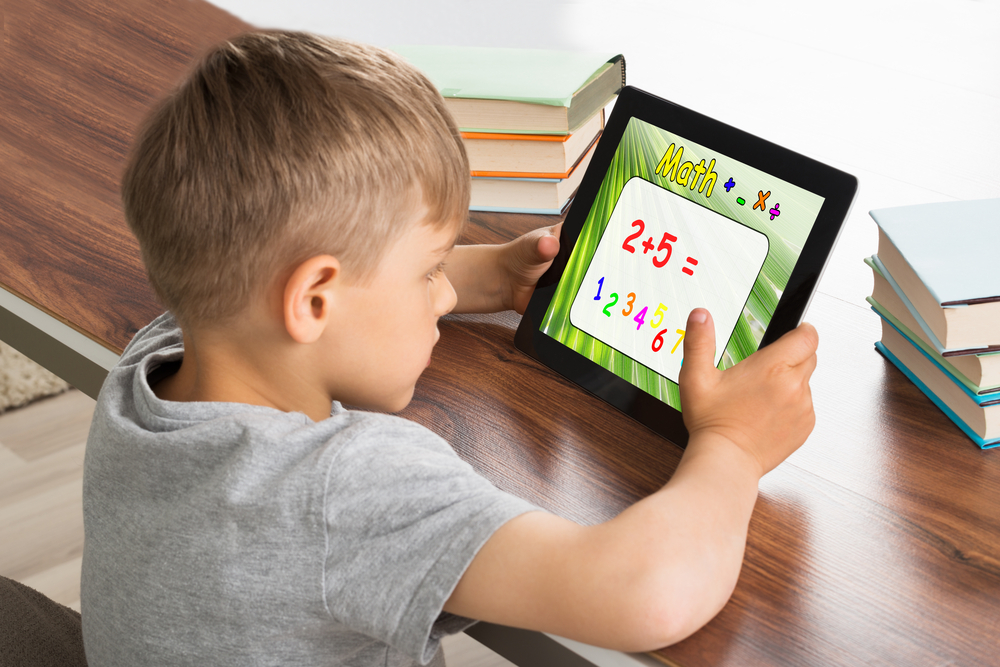Understanding forces Normal Science Worksheets for Ages 3-9
6 filtered results
-
From - To
Discover the world of physics with our "Understanding Forces" science worksheets designed for children aged 3-9. These engaging, age-appropriate activities help young learners grasp essential concepts of forces, including push, pull, and gravity, through fun and interactive exercises. Each worksheet is crafted to enhance critical thinking, stimulate curiosity, and encourage hands-on learning. Perfect for home or classroom use, our resources are great for nurturing a love for science from an early age. Start exploring the fundamentals of forces and inspire the next generation of curious minds and budding scientists today!
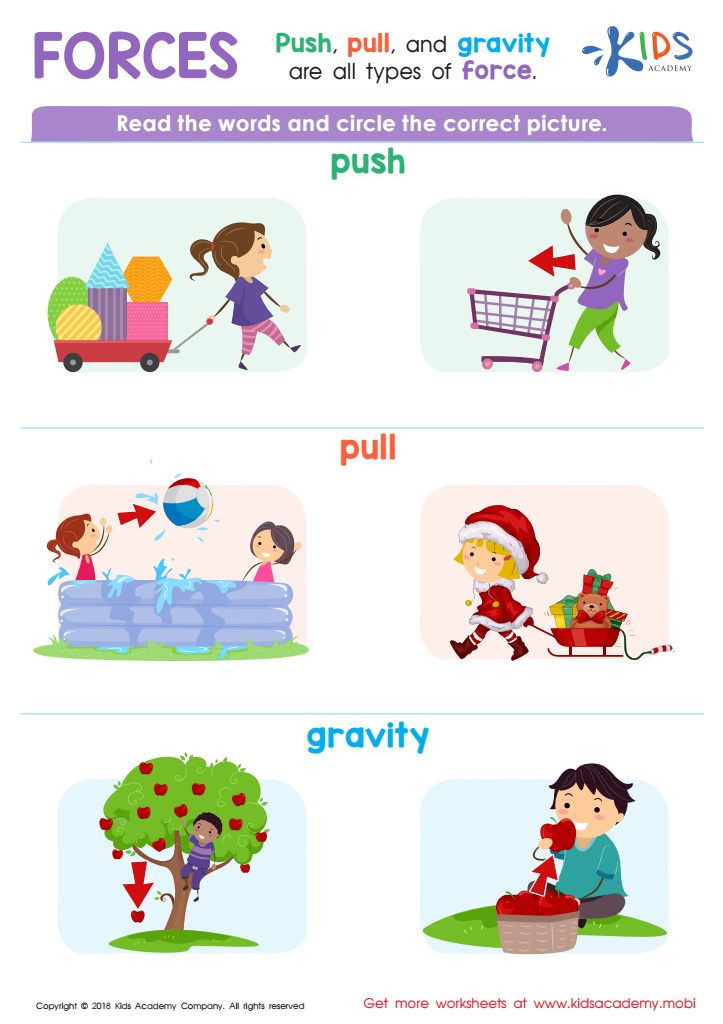

Forces Worksheet


Forces and Interactions Printable
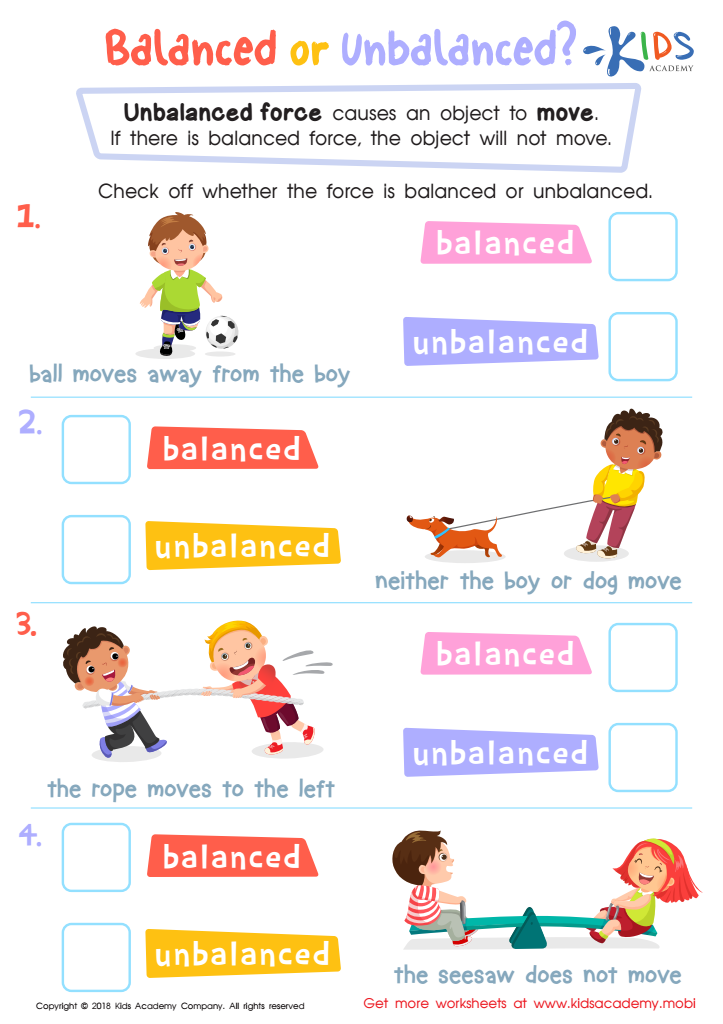

Balanced or Unbalanced Science Worksheet
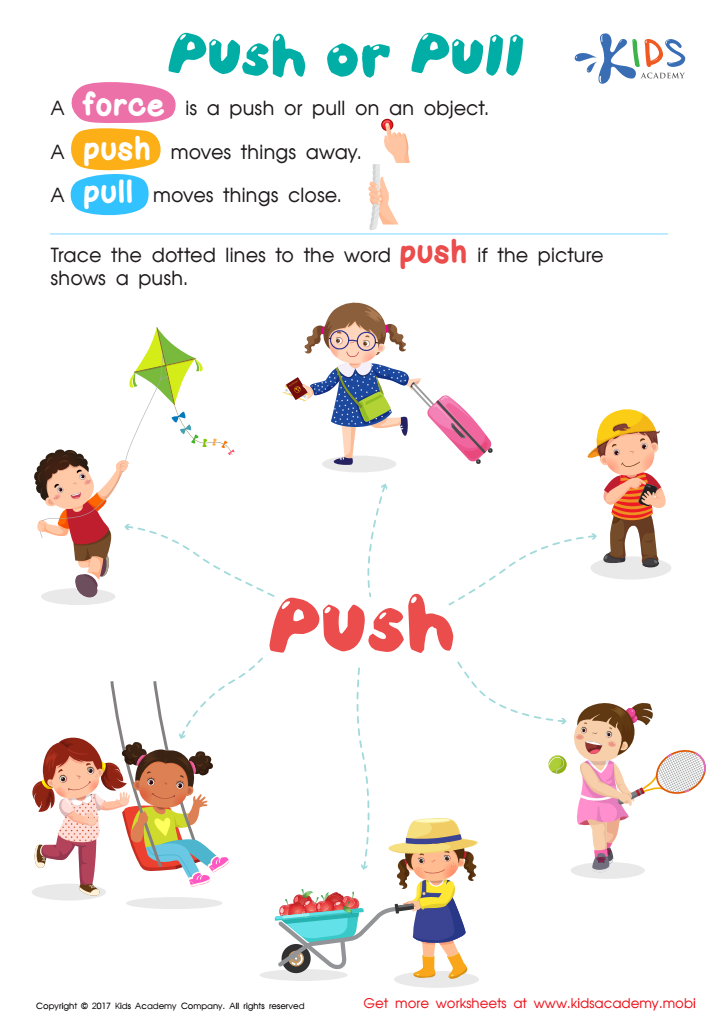

Push or Pull Worksheet
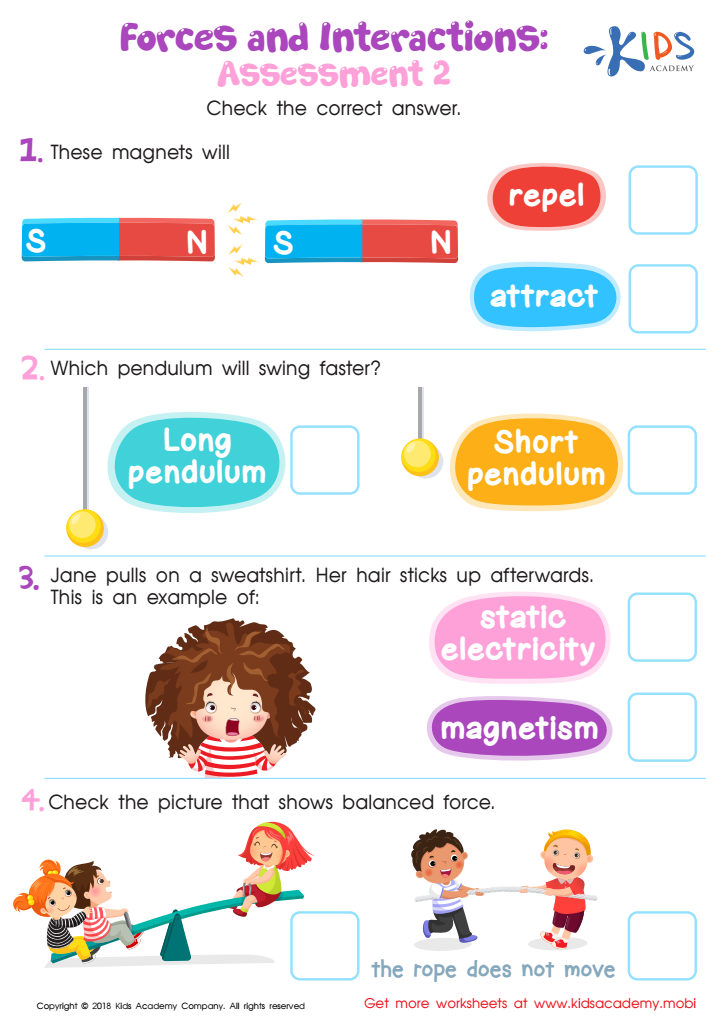

Forces and Interactions Worksheet For 3rd Grade
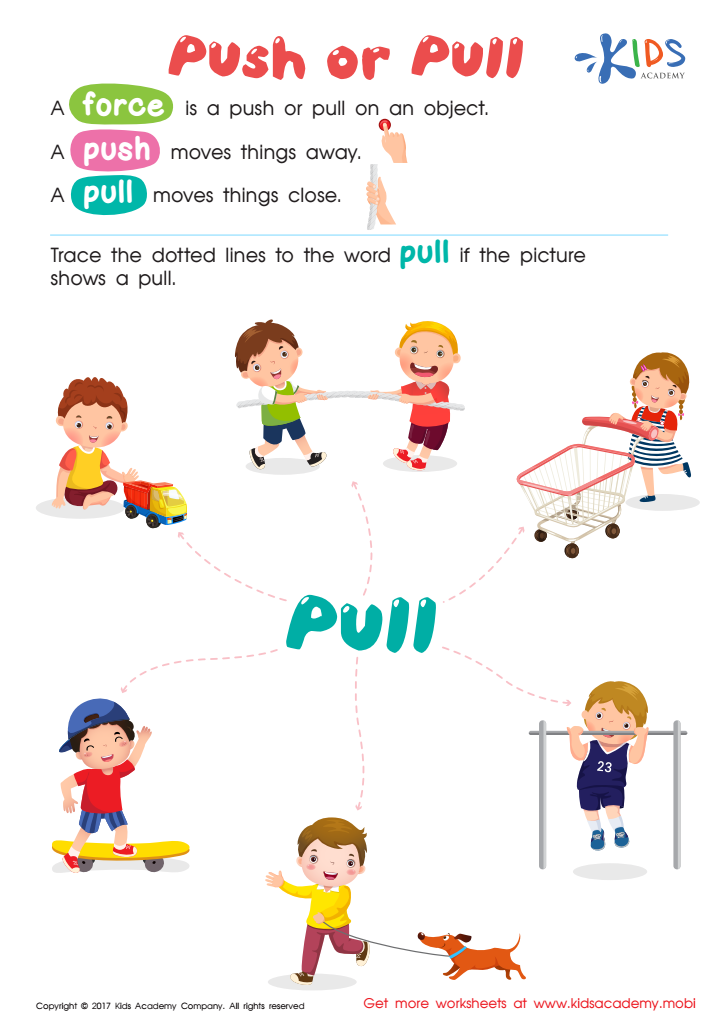

Pull or Push Worksheet
Understanding basic scientific principles, such as forces and motion, is vital for young children aged 3-9 because it lays the groundwork for future learning and curiosity. At this age, children are naturally curious and constantly question the world around them. By introducing them to concepts like pushes, pulls, gravity, and magnetism, parents and teachers nurture a sense of wonder and exploration.
Teaching forces at an early age enriches critical thinking and problem-solving skills. When children understand why objects move or why they feel certain pushes and pulls, they start to make sense of their environment. This knowledge builds a strong foundation for more complex scientific subjects in later years.
Furthermore, early exposure to these concepts enhances language development and cognitive skills. Terms like "push," "pull," "twist," and "turn" not only broaden their vocabulary but also encourage precise communication.
Engaging with hands-on activities related to forces can improve fine and gross motor skills. Simple experiments, like rolling a ball or using a magnet to pick up objects, make learning interactive and fun.
Ultimately, fostering an interest in forces and other scientific principles promotes lifelong learning by instilling curiosity, encouraging critical thinking, and providing young children with tools to understand and interact with the world intelligently.
 Assign to My Students
Assign to My Students







